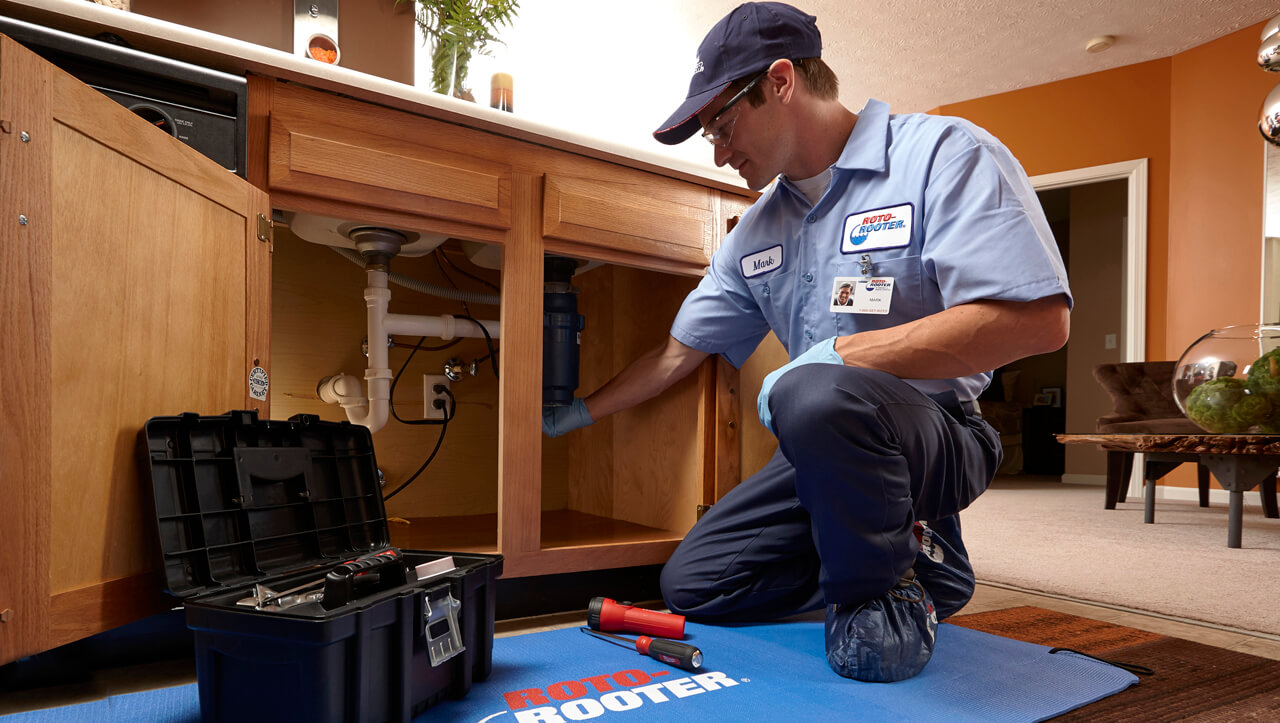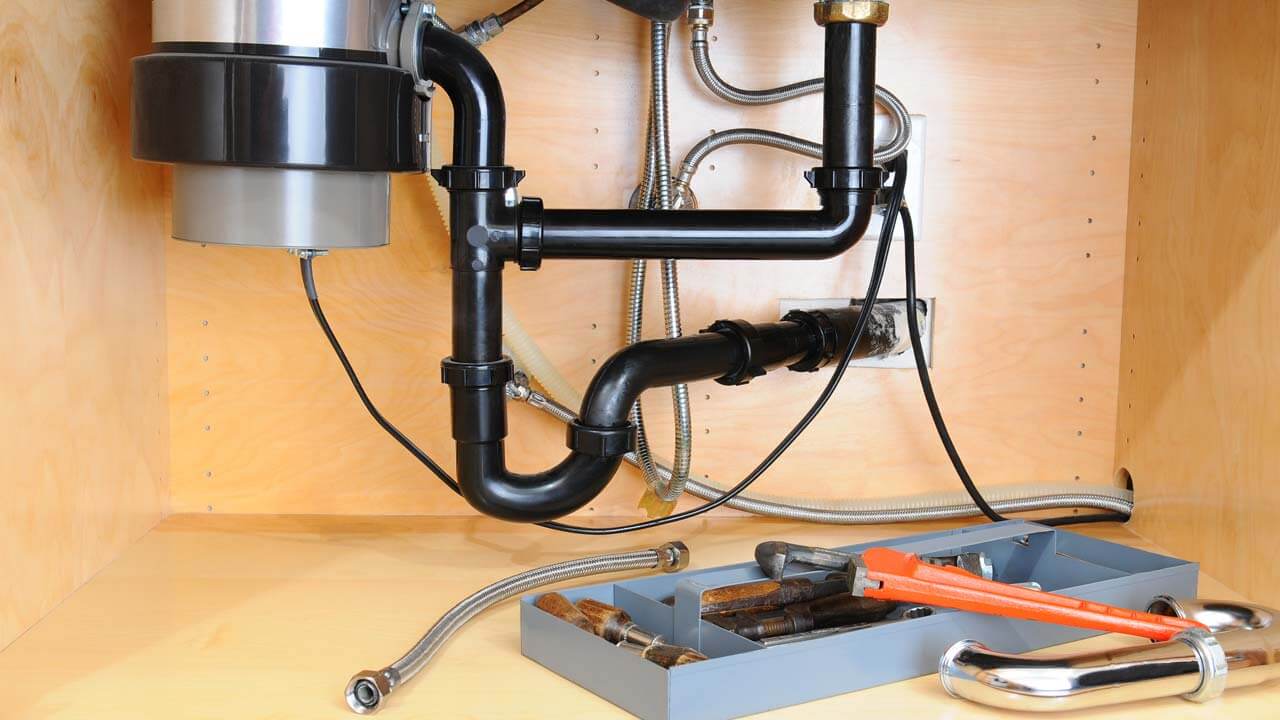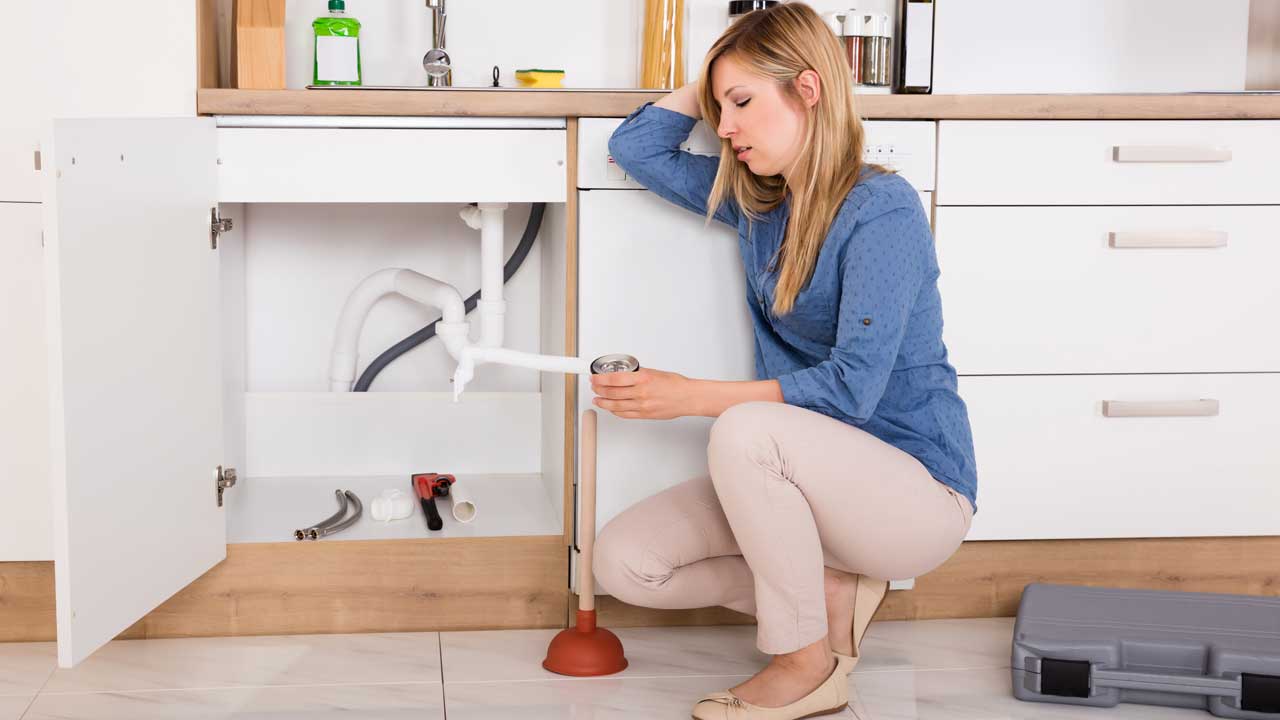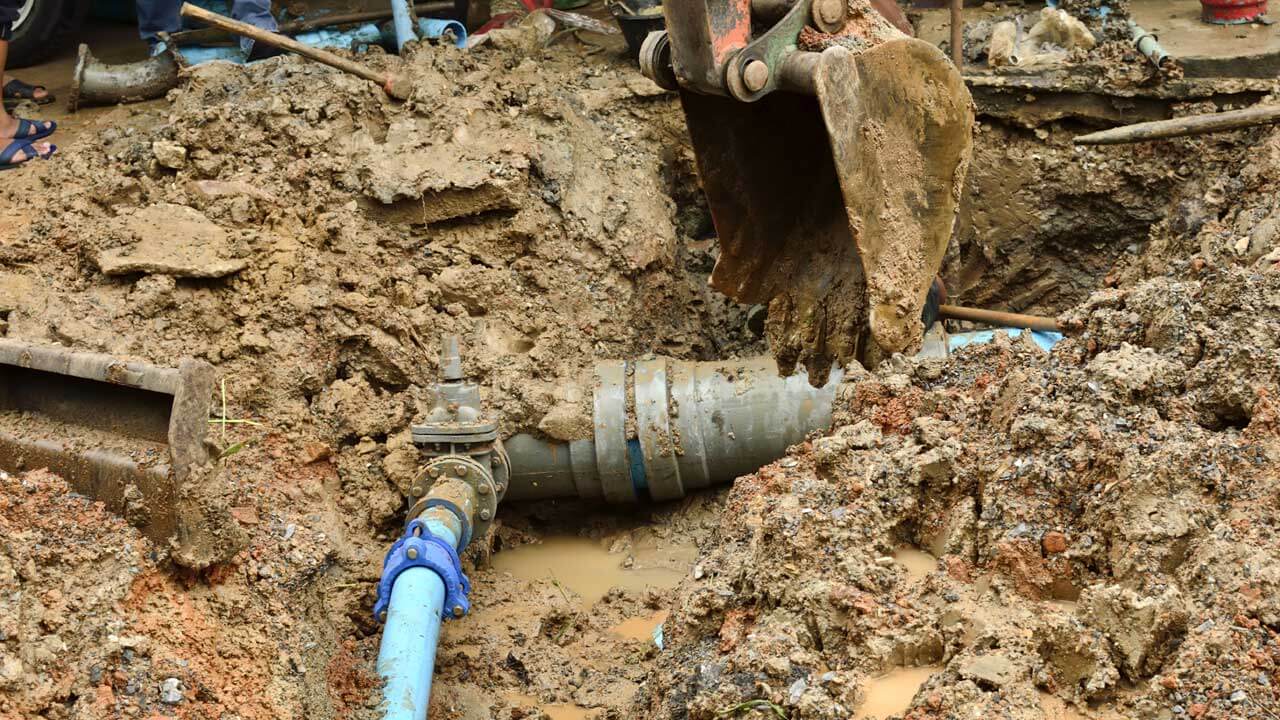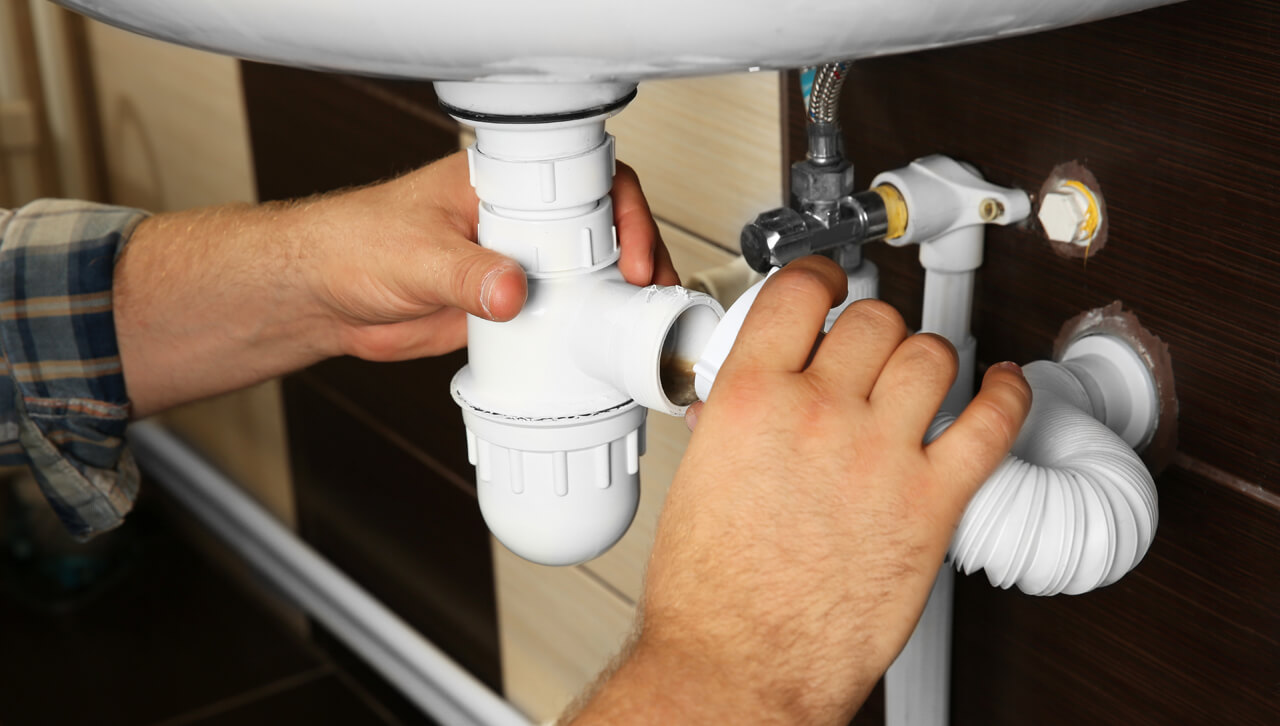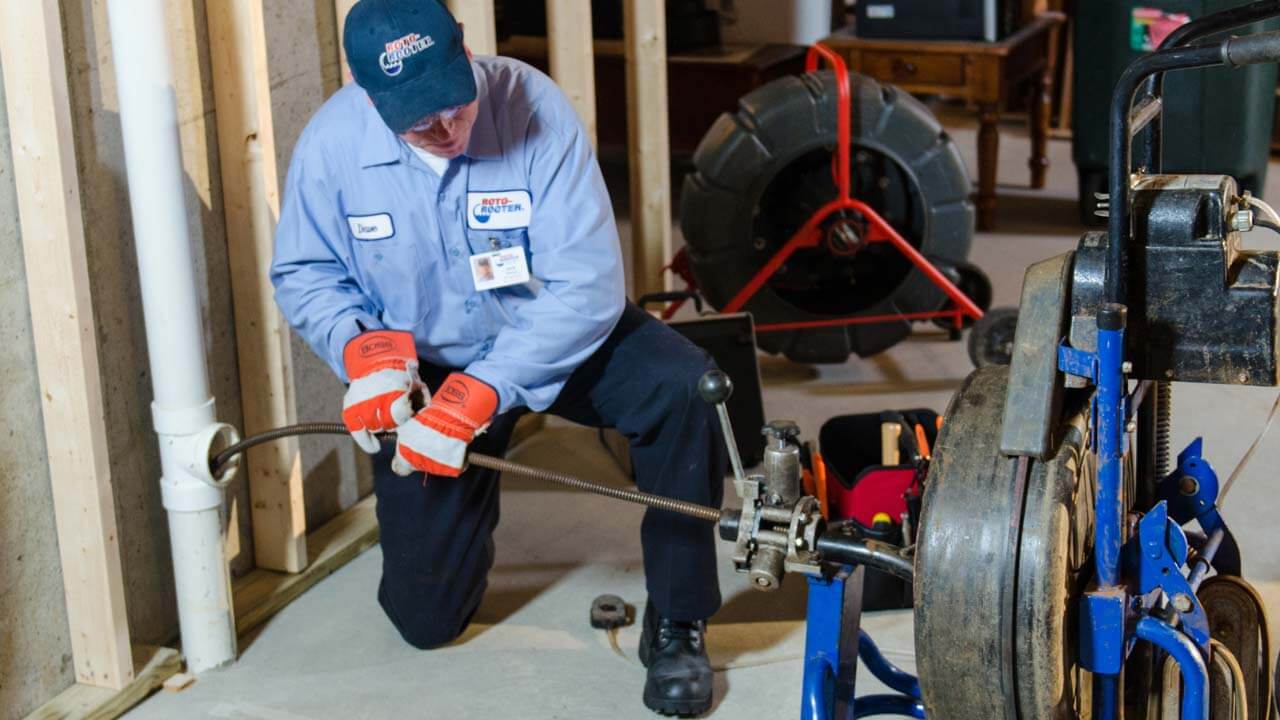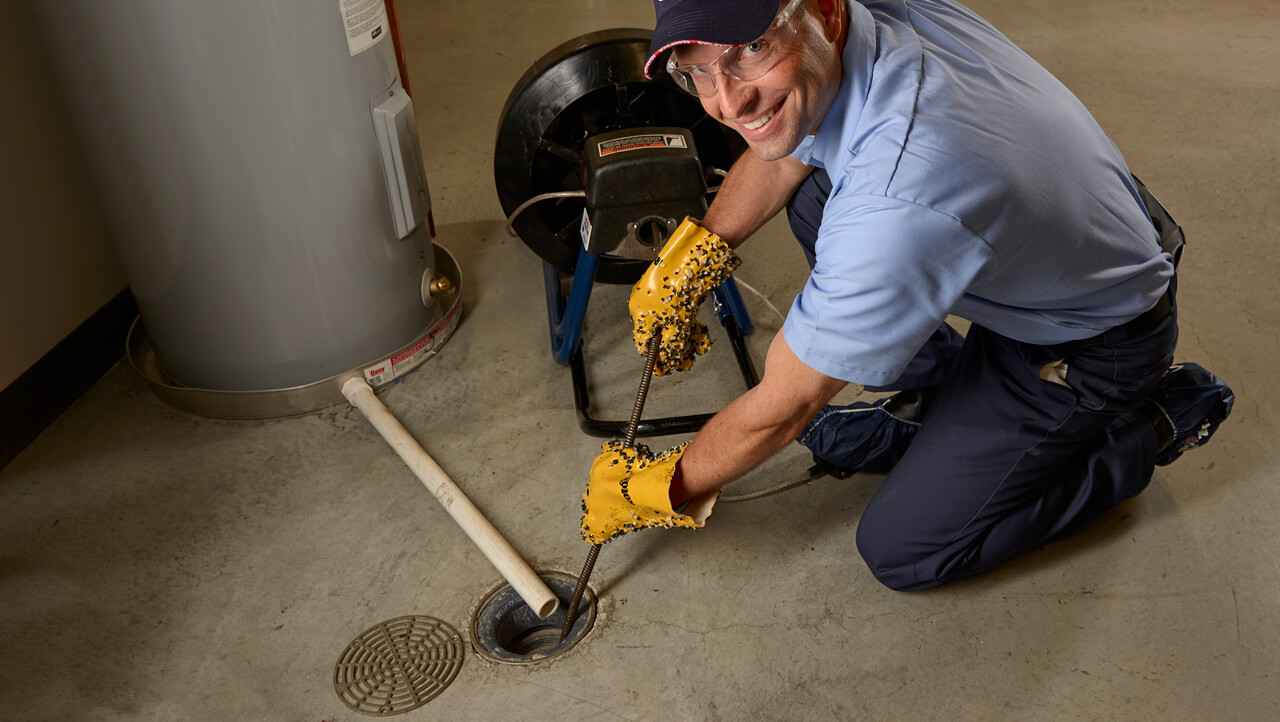Effective Strategies to Prevent and Resolve Garbage Disposal Clogs
Identifying the Source of Kitchen Drain Clogs
Troubleshooting Slow Drains
At USA Plumbing Services, we understand the frustration of a backed-up kitchen sink. Unlike straightforward bathroom clogs typically caused by hair and soap scum, kitchen clogs can be perplexing. If your kitchen sink drains slowly or backs up, the issue may not be immediately apparent — is it the sink or the garbage disposal? Determining the exact cause is crucial for effective resolution.
Proactive Garbage Disposal Maintenance
Ensuring Optimal Performance
To prevent clogs and ensure your garbage disposal operates efficiently, consider these simple yet effective maintenance tips:
- Run Cold Water: Always run cold water for several seconds before and after using the disposal to flush out waste properly.
- Avoid Problematic Waste: Never put oil, grease, bones, or fibrous materials like potato peels and celery stalks down the disposal. These items can damage the unit and lead to clogs.
- Clean and Deodorize: Regularly grind ice cubes made with vinegar to clean the disposal, sharpen the blades, and eliminate odors.
- Enzymatic Cleaning: Monthly, use about a quarter cup of enzyme treatment to break down residue and combat odors.
- Weekly Cleaning Routine: Pour a cup of baking soda followed by a cup of vinegar down the drain weekly. This not only cleans the pipes but also maintains them free of build-ups.
Troubleshooting and Unjamming Your Disposal
Safe Recovery Methods
Should you suspect a jam:
- Test the Disposal: Turn it on to check if the motor sounds jammed.
- Power Off: If jammed, switch off the disposal immediately.
- Utilize an Allen Key: Locate the Allen key slot underneath the unit. Insert the disposal key and gently rotate in a circular motion to free the blades.
- Safety First: Always proceed with caution—never place your hand inside the disposal.
Frequently Asked Questions
Q: What should I do if my disposal won’t turn on? A: Check if it’s a power issue by pressing the reset button or testing another outlet. If the problem persists, contact us for a professional assessment.
Q: How can I tell if my kitchen sink clog is from the disposal? A: If running your disposal doesn’t clear the drain, the clog may be in the plumbing rather than the disposal itself.
Q: Is it necessary to use cold water with my disposal? A: Yes, cold water helps solidify grease and food scraps, making it easier for the disposal to break them down and push them out.
